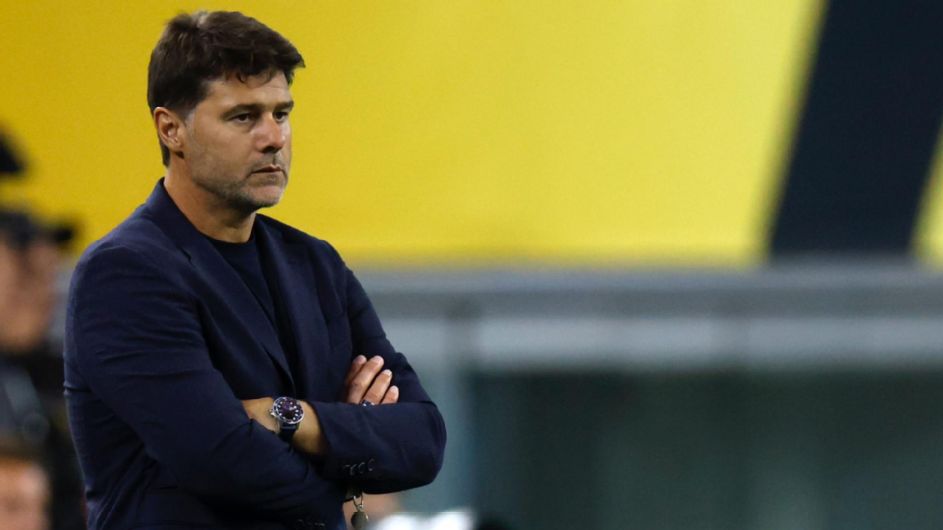With the 2026 FIFA World Cup on the horizon, the U.S. Men’s National Team (USMNT) faces a familiar dilemma: should its players seek transfers to more prestigious clubs to enhance their skills and visibility? This question weighs heavily on the minds of fans and analysts alike, especially as the World Cup will be hosted on American soil. The crux of the issue is not merely about players joining elite teams like Liverpool or Real Madrid, but about finding clubs that offer the right balance of challenge and opportunity for growth.
The theory underpinning this debate is the “Eighty-Five Percent Rule,” which suggests that optimal learning occurs when tasks are neither too easy nor too difficult, but rather at a level where there is an 85% success rate and a 15% failure rate. For USMNT players, this means finding clubs where they can consistently play and develop, rather than warming the bench at top-tier teams.
Current State of USMNT Player Participation
As the USMNT prepares for the World Cup, the playing time of its key players in their respective clubs becomes a critical factor. A review of the past season shows varying levels of participation among the 32 Americans who played in Europe’s top leagues. Players like Christian Pulisic, Antonee Robinson, and Weston McKennie are among the top tier, while others like Ricardo Pepi and Giovanni Reyna find themselves on the fringes.
If the World Cup were to start tomorrow, the projected starting eleven for the USMNT would include players with an average of 49.3% of available minutes played at their clubs. This figure, while seemingly low, raises questions about the importance of club playing time versus the quality of those minutes.
Comparative Analysis: USMNT vs. Global Counterparts
To understand the implications of club playing time, it’s instructive to compare the USMNT with other national teams. For instance, Argentina’s starting lineup during their World Cup final featured players with an average of 72.1% of playing time at their clubs. However, Argentina’s success was not solely due to club minutes but also the depth of talent and strategic selection by their coach, Lionel Scaloni.
Unlike Argentina, the USMNT lacks the same depth, making it challenging for coaches to select players based solely on club performance. This discrepancy highlights the unique challenges faced by the USMNT in optimizing its lineup for international competitions.
The Transfer Market and Its Impact
The upcoming transfer window presents both opportunities and risks for USMNT players. While moves to higher-profile clubs can offer increased exposure and development, they also carry the risk of reduced playing time. Historically, only about half of all transfers involving fees of at least $10 million result in players securing significant playing time at their new clubs.
For players like Matt Turner, who has seen limited action at Crystal Palace, a transfer could be beneficial. However, for others, such as Dest and Balogun, who have faced injuries, the solution may not lie in changing clubs but in regaining fitness and form.
Looking Ahead: Strategic Decisions for 2026
As the USMNT gears up for the 2026 World Cup, strategic decisions regarding player transfers and development will be crucial. The team must balance the need for players to compete at high levels with the necessity of regular playing time to maintain form and fitness.
Ultimately, the success of the USMNT in the World Cup will depend not just on the clubs its players represent, but on their ability to perform as a cohesive unit. As history has shown, individual club success does not always translate to international glory. The USMNT must focus on building a team that can compete with the world’s best, regardless of where its players ply their trade.
The coming months will be pivotal for the USMNT as it navigates the complexities of the transfer market and prepares for the challenges ahead. With careful planning and strategic management, the team can position itself as a formidable contender on the global stage in 2026.
